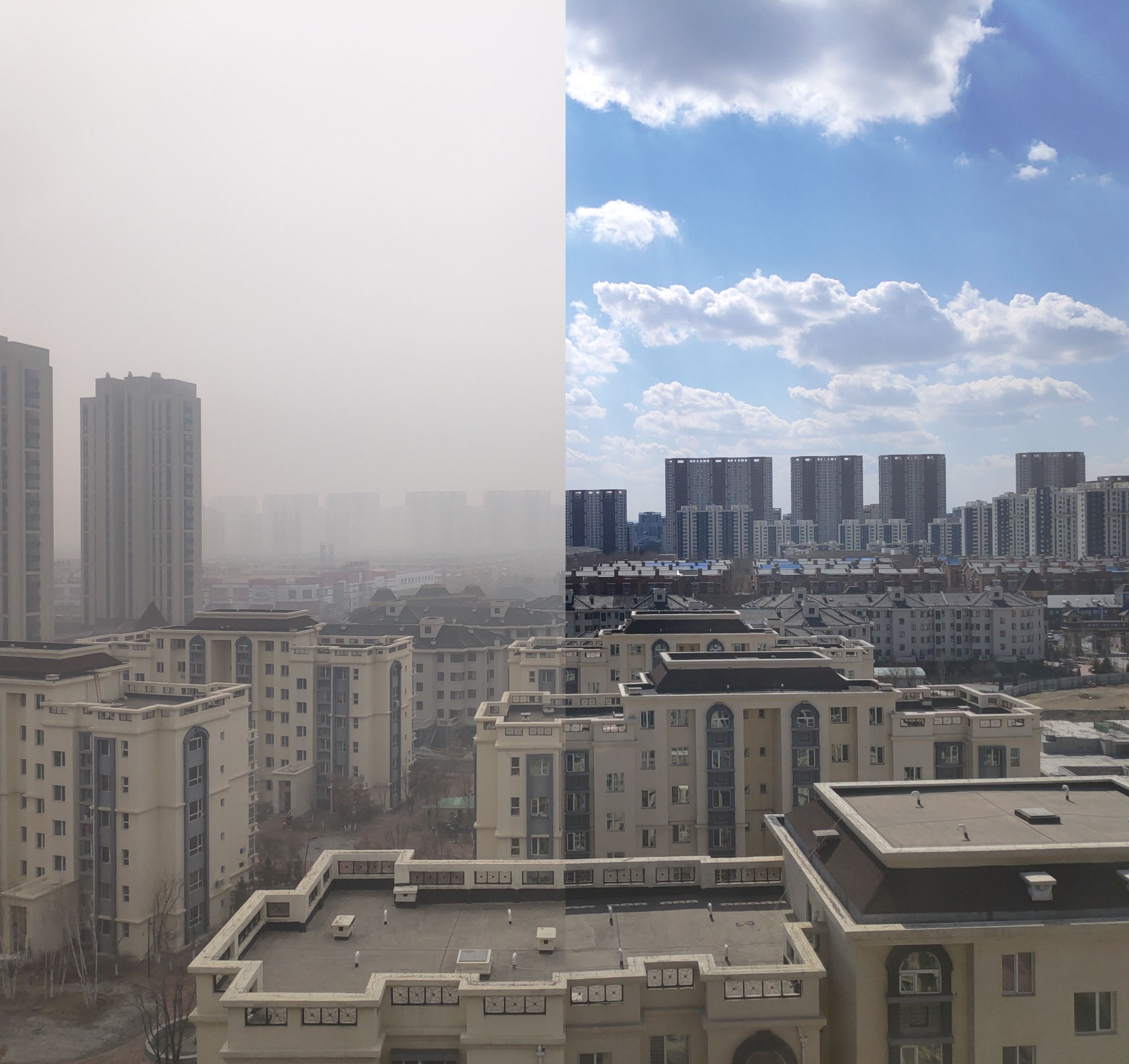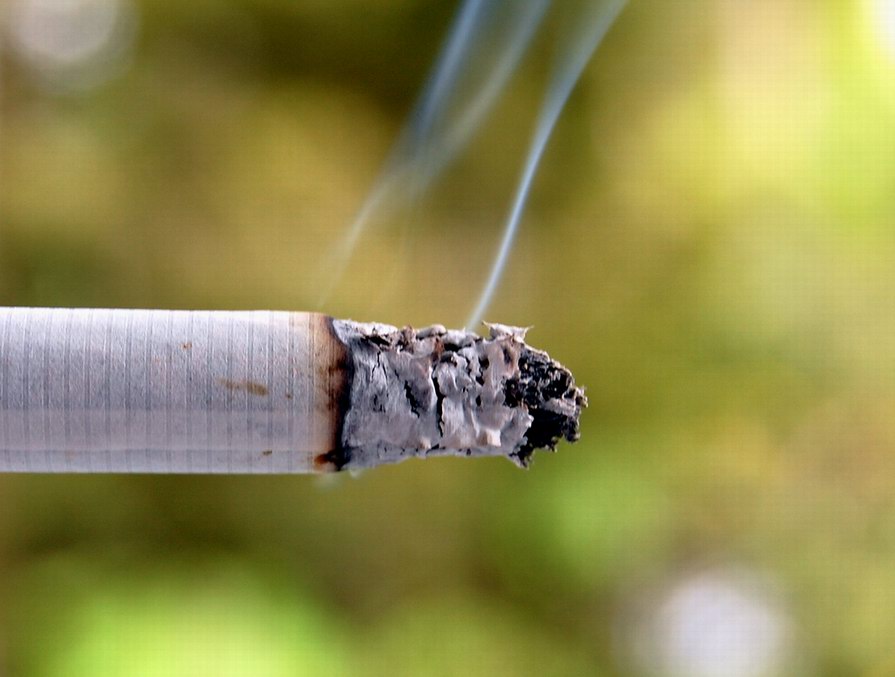|
Ultra-low Particulate Air
Ultra-low particulate air (ULPA) is a type of air filter. A ULPA filter can remove from the air at least 99.999% of dust, pollen, mold, bacteria and any airborne particles with a minimum particle penetration size of 120 nanometres (0.12 μm, ultrafine particles). A ULPA filter can remove—to a large extent but not 100%—oil smoke, tobacco smoke, rosin smoke, smog, and insecticide dust.David A. John. Air-distribution design: HEPA or ULPA filtration.Air distribution design HEPA or ULPA filtrationASHRAE Journal, vol. 55, no. 5, May 2013 It can also remove carbon black to some extent. Some fan filter units incorporate ULPA filters. The EN 1822 and ISO 29463 standards may be used to rate ULPA filters. Materials used in ULPA filters Both high-efficiency particulate air (HEPA) and ULPA filter media have similar designs. The filter media is like an enormous web of randomly arranged fibres. When air passes through this dense web, the solid particles get attached to the fibres an ... [...More Info...] [...Related Items...] OR: [Wikipedia] [Google] [Baidu] |
Air Filter
A particulate air filter is a device composed of fibrous, or porous materials which removes particulates such as smoke, dust, pollen, mold, viruses and bacteria from the air. Filters containing an adsorbent or catalyst such as charcoal (carbon) may also remove odors and gaseous pollutants such as volatile organic compounds or ozone. Air filters are used in applications where air quality is important, notably in building ventilation systems and in engines. Some buildings, as well as aircraft and other human-made environments (e.g., satellites, and Space Shuttles) use foam, pleated paper, or spun fiberglass filter elements. Another method, air ionizers, use fibers or elements with a static electric charge, which attract dust particles. The air intakes of internal combustion engines and air compressors tend to use either paper, foam, or cotton filters. Oil bath filters have fallen out of favour aside from niche uses. The technology of air intake filters of gas turbines has impr ... [...More Info...] [...Related Items...] OR: [Wikipedia] [Google] [Baidu] |
Insecticide
Insecticides are pesticides used to kill insects. They include ovicides and larvicides used against insect eggs and larvae, respectively. The major use of insecticides is in agriculture, but they are also used in home and garden settings, industrial buildings, for vector control, and control of insect parasites of animals and humans. Acaricides, which kill mites and ticks, are not strictly insecticides, but are usually classified together with insecticides. Some insecticides (including common bug sprays) are effective against other non-insect arthropods as well, such as scorpions, spiders, etc. Insecticides are distinct from insect repellents, which repel but do not kill. Sales In 2016 insecticides were estimated to account for 18% of worldwide pesticide sales. Worldwide sales of insecticides in 2018 were estimated as $ 18.4 billion, of which 25% were neonicotinoids, 17% were pyrethroids, 13% were diamides, and the rest were many other classes which sold for less th ... [...More Info...] [...Related Items...] OR: [Wikipedia] [Google] [Baidu] |
Microparticle Performance Rating
The Microparticle Performance Rating (MPR) is an air filter rating system created by the company 3M. It rates the ability of an air filter to filter out micro particles. Because MPR was created by 3M, it only applies to filters produced by the 3M brand. The higher the MPR, the better the filter's ability to capture particles from the air as it passes through the filter. MPR is different from MERV Merv (, ', ; ), also known as the Merve Oasis, was a major Iranian peoples, Iranian city in Central Asia, on the historical Silk Road, near today's Mary, Turkmenistan. Human settlements on the site of Merv existed from the 3rd millennium& ..., the Minimum Efficiency Reporting Value. The MERV system measures a filter's ability to capture large particles. The MPR only takes into account the microscopic particles between 0.3 and 1 μm. References External links MPR vs. MERV a piece of 3M promotional material giving some minimum capture rates for rating levels ... [...More Info...] [...Related Items...] OR: [Wikipedia] [Google] [Baidu] |
Air Filter
A particulate air filter is a device composed of fibrous, or porous materials which removes particulates such as smoke, dust, pollen, mold, viruses and bacteria from the air. Filters containing an adsorbent or catalyst such as charcoal (carbon) may also remove odors and gaseous pollutants such as volatile organic compounds or ozone. Air filters are used in applications where air quality is important, notably in building ventilation systems and in engines. Some buildings, as well as aircraft and other human-made environments (e.g., satellites, and Space Shuttles) use foam, pleated paper, or spun fiberglass filter elements. Another method, air ionizers, use fibers or elements with a static electric charge, which attract dust particles. The air intakes of internal combustion engines and air compressors tend to use either paper, foam, or cotton filters. Oil bath filters have fallen out of favour aside from niche uses. The technology of air intake filters of gas turbines has impr ... [...More Info...] [...Related Items...] OR: [Wikipedia] [Google] [Baidu] |
Institute Of Environmental Sciences And Technology
The Institute of Environmental Sciences and Technology (IEST) is a non-profit, technical society where professionals who impact controlled environments connect, gain knowledge, receive advice, and work together to create industry best practices. The organization uniquely serves environmental test engineers, qualification engineers, cleanroom professionals, those who work in product testing and evaluation, and others who work across a variety of industries, including: acoustics, aerospace, automotive, biotechnology/bioscience, climatics, cleanroom operations/design/equipment/certification, dynamics, filtration, food processing, HVAC design, medical devices, nanotechnology, pharmaceutical, semiconductors/microelectronics, and shock/vibration. Information on ISO 14644 and ISO 14698 standards can be found through this organization. Founded in 1953, the organization is headquartered in Schaumburg, Illinois. Its members are internationally recognized in the fields of environmental t ... [...More Info...] [...Related Items...] OR: [Wikipedia] [Google] [Baidu] |
HEPA
HEPA (, high efficiency particulate air) filter, also known as a high efficiency particulate arresting filter, is an efficiency standard of air filters. Filters meeting the HEPA standard must satisfy certain levels of efficiency. Common standards require that a HEPA air filter must remove—from the air that passes through—at least 99.95% (ISO, European Standard) or 99.97% (ASME, U.S. DOE) of particles whose diameter is equal to 0.3 μm, with the filtration efficiency increasing for particle diameters both less than and greater than 0.3 μm. HEPA filters capture pollen, dirt, dust, moisture, bacteria (0.2–2.0 μm), viruses (0.02–0.3 μm), and submicron liquid aerosol (0.02–0.5 μm). Some microorganisms, for example, ''Aspergillus niger'', '' Penicillium citrinum'', ''Staphylococcus epidermidis'', and ''Bacillus subtilis'' are captured by HEPA filters with photocatalytic oxidation (PCO). A HEPA filter is also able to capture some viruses and ba ... [...More Info...] [...Related Items...] OR: [Wikipedia] [Google] [Baidu] |
Fan Filter Unit
A fan filter unit (FFU) is a type of motorized air filtering equipment. It is used to supply purified air to cleanrooms, laboratories, medical facilities or microenvironments by removing harmful airborne particles from recirculating air. The units are installed within the system's ceiling or floor grid. Large cleanrooms require a proportionally large number of FFUs, which in some cases may range from several hundred to several thousand. Units often contain their own pre-filter, HEPA filter and internally controllable fan air distribution. Design FFUs are typically manufactured in 4' x 2', 3' x 2', or 2' x 2' steel housings, which can be placed in ceiling grid bays of similar dimensions. Units often contain a pre-filter as well as a HEPA (high-efficiency particulate air), ULPA (ultra-low particulate air) or other MERV Merv (, ', ; ), also known as the Merve Oasis, was a major Iranian peoples, Iranian city in Central Asia, on the historical Silk Road, near today's Mary, Turk ... [...More Info...] [...Related Items...] OR: [Wikipedia] [Google] [Baidu] |
Carbon Black
Carbon black (with subtypes acetylene black, channel black, furnace black, lamp black and thermal black) is a material produced by the incomplete combustion of coal tar, vegetable matter, or petroleum products, including fuel oil, fluid catalytic cracking tar, and ethylene cracking in a limited supply of air. Carbon black is a form of paracrystalline carbon that has a high surface-area-to-volume ratio, albeit lower than that of activated carbon. It is dissimilar to soot in its much higher surface-area-to-volume ratio and significantly lower (negligible and non-bioavailable) polycyclic aromatic hydrocarbon (PAH) content. Carbon black is used as a colorant and reinforcing filler in tires and other rubber products and as a pigment and wear protection additive in plastics, paints, and ink pigment. It is used in the EU as a food colorant when produced from vegetable matter (E153). The current International Agency for Research on Cancer (IARC) evaluation is that, "Carbon black i ... [...More Info...] [...Related Items...] OR: [Wikipedia] [Google] [Baidu] |
Smog
Smog, or smoke fog, is a type of intense air pollution. The word "smog" was coined in the early 20th century, and is a portmanteau of the words ''smoke'' and ''fog'' to refer to smoky fog due to its opacity, and odour. The word was then intended to refer to what was sometimes known as pea soup fog, a familiar and serious problem in London from the 19th century to the mid-20th century, where it was commonly known as a London particular or London fog. This kind of visible air pollution is composed of nitrogen oxides, sulfur oxide, ozone, smoke and other Particulate matter, particulates. Man-made smog is derived from coal combustion emissions, vehicular emissions, industrial emissions, forest and agricultural fires and photochemical reactions of these emissions. Smog is often categorized as being either summer smog or winter smog. Summer smog is primarily associated with the photochemical formation of ozone. During the summer season when the temperatures are warmer and there is ... [...More Info...] [...Related Items...] OR: [Wikipedia] [Google] [Baidu] |
Dust
Dust is made of particle size, fine particles of solid matter. On Earth, it generally consists of particles in the atmosphere that come from various sources such as soil lifted by wind (an aeolian processes, aeolian process), Types of volcanic eruptions, volcanic eruptions, and pollution. Dust in homes is composed of about 20–50% dead skin Cell (biology), cells. The rest, and in offices and other built environments, is composed of small amounts of plant pollen, human hairs, animal fur, textile fibers, paper fibers, minerals from outdoor soil, burnt meteorite particles, and many other materials which may be found in the local environment. Atmospheric Atmospheric or wind-borne fugitive dust, also known as ''aeolian dust'', comes from dry regions where high-speed winds can remove mostly silt-sized material, abrading susceptible surfaces. This includes areas where grazing, ploughing, vehicle use, and other human behaviors have further destabilized the land, though not all so ... [...More Info...] [...Related Items...] OR: [Wikipedia] [Google] [Baidu] |
Tobacco Smoke
Tobacco smoke is a sooty aerosol produced by the incomplete combustion of tobacco during the smoking of cigarettes and other tobacco products. Temperatures in burning cigarettes range from about 400 °C between puffs to about 900 °C during a puff. During the burning of the cigarette tobacco (itself a complex mixture), thousands of chemical substances are generated by combustion, distillation, pyrolysis and pyrosynthesis. Tobacco smoke is used as a fumigant and inhalant. Composition The particles in tobacco smoke are liquid aerosol droplets (about 20% water), with a mass median aerodynamic diameter (MMAD) that is submicrometer (and thus, fairly "lung-respirable" by humans). The droplets are present in high concentrations (some estimates are as high as 1010 droplets per cm3). Tobacco smoke may be grouped into a particulate phase (trapped on a glass-fiber pad, and termed "TPM" (total particulate matter)) and a gas/vapor phase (which passes through such a glass-f ... [...More Info...] [...Related Items...] OR: [Wikipedia] [Google] [Baidu] |







